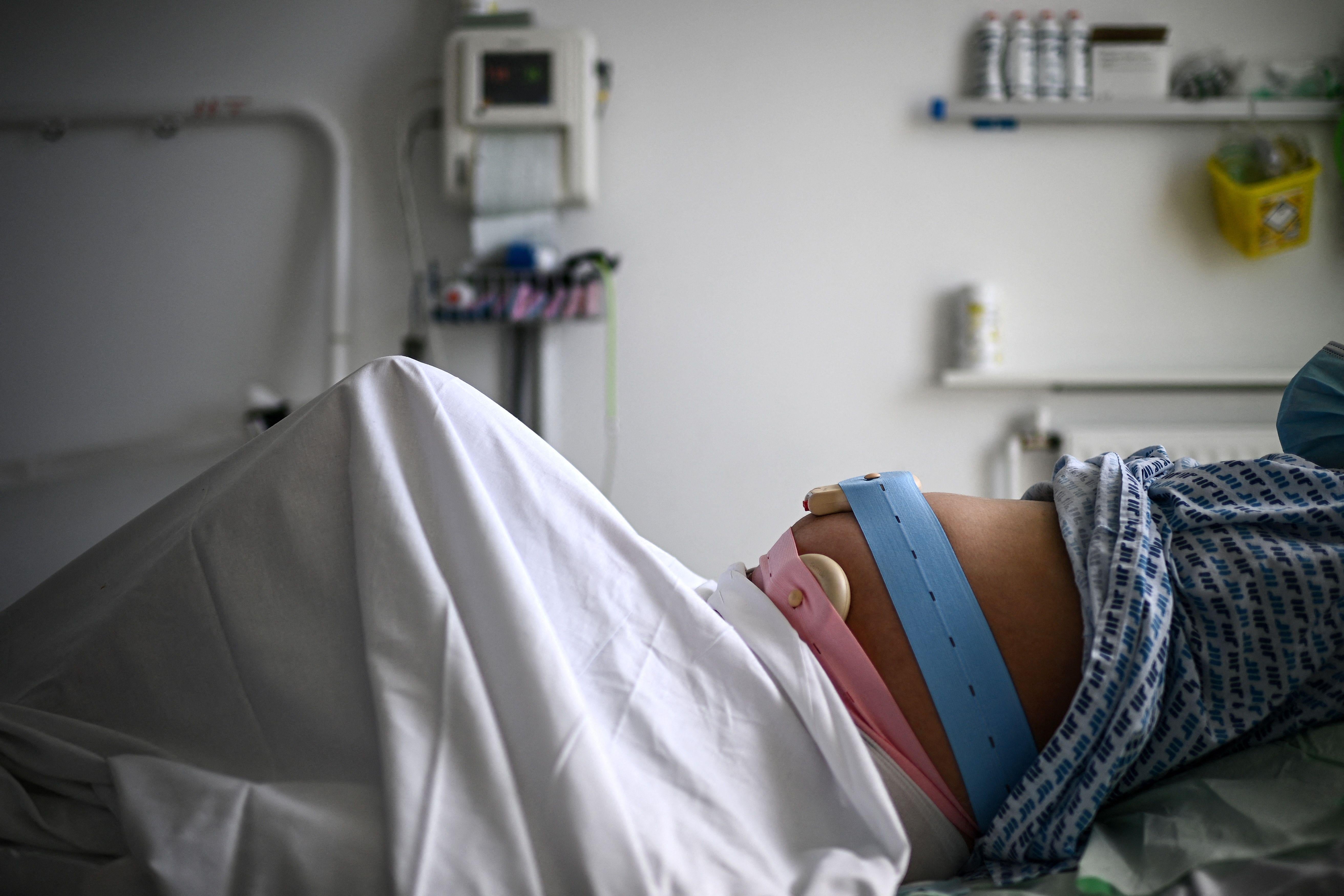Much of the focus on the Supreme Court’s decision to overturn Roe v. Wade has rightly been directed at the devastating harm to women with unwanted pregnancies. But the ruling also affects those who want to have a child. It gives states and potentially Congress the authority to interfere with and surveil the entire reproductive cycle, from efforts to conceive to delivery.
Even before people become pregnant, states could monitor period tracking or fertility apps to try to identify women who have abortions. Missouri has already done this. Although an affront to health privacy, such actions are not prohibited by HIPAA, which does not apply to these apps.
In vitro fertilization might also be affected. Fertilizing eggs in a Petri dish often results in extra embryos, which are usually frozen. And preimplantation genetic testing, or PGT, is performed on more than 40 percent of embryos before they are transferred into the uterus. Leftover embryos are frequently discarded or donated to research after patients have completed procreation or PGT detects genetic abnormalities. In some abortion-restrictive states, this may not be possible. Louisiana defines “a viable in vitro fertilized human ovum” as a “juridical person which shall not be intentionally destroyed,” and at least five states have introduced bills establishing fetal personhood. If such laws apply to embryos outside the womb, they might prohibit embryo destruction, donation of embryos to research, and maybe even embryo freezing. Even if states do not ban IVF outright, they may limit, as some countries have done, the number of embryos that can be created to prevent embryo destruction. All of this would make IVF and PGT much more difficult and expensive than they already are.
Prenatal care may also be affected in abortion-restrictive states, particularly if they allow prosecutions against women. Health care providers might worry about asking routine questions about past pregnancies and their outcomes. Would patients who had recent abortions feel safe disclosing information that is an essential part of obstetrical care? Would providers be reluctant to include such information in medical records, and would state laws require them to report such “criminal activity”?
In such states, people who miscarry spontaneously may also be subject to criminal investigations. Prosecutors might investigate miscarriages to determine whether they were induced or spontaneous. Exceptions to HIPAA privacy protections may allow such disclosures, and state laws may require providers to report harms suspected of being related to a crime (i.e., a self-induced abortion). We have already seen charges brought against a Texas woman who underwent a medication abortion, even though it wasn’t illegal (the charges were later dropped). And if patients suffer incomplete miscarriages, will providers be reluctant to use procedures or prescribe medication that is used both for elective abortions and to treat incomplete miscarriages? Experiences in Texas suggest that is a real concern. Treatment of ectopic pregnancies, which are never viable and potentially life-threatening, also may be delayed. According to the American College of Obstetricians and Gynecologists, abortion bans, even with exceptions for ectopic pregnancy, “can generate confusion for patients and health care professionals,” impeding timely access to livesaving care.
The ability to learn about the genetic health of one’s future child might also change in abortion-restrictive states. Currently, prenatal testing and screening are offered to all pregnant patients. In the last decade, a noninvasive and highly sensitive first-trimester test that screens for Down syndrome and other chromosomal anomalies has vastly expanded the reach of prenatal testing. Will some red states prohibit these and other prenatal tests or prohibit providers from discussing them for fear that people may seek pregnancy termination in other states based on the results? Efforts are already underway to push legislation that would prohibit the mention of abortion. Although limiting information about fetal well-being and abortions inhibits good prenatal care and raises First Amendment concerns, one wonders whether this court would really find such laws problematic if tied to state interests in preventing abortion.
States might also surveil pregnancies for behaviors that might be considered to threaten the well-being of the fetus. If states grant personhood status to fetuses, any behavior that potentially increases the risk of fetal harm could be construed as a form of child abuse, subject to criminal penalties, civil detention, or loss of parental rights. Routine questions about pregnancy history could become a minefield. Would patients admit they had three margaritas, used a hot tub, or ate some sushi, much less disclose the use of illegal substances? And would states require health care providers to disclose such information? Worse, any such surveillance efforts would likely apply disproportionately to low-income people or people of color, as they have already done with respect to monitoring drug use during pregnancy and arresting women for bad pregnancy outcomes.
And finally, pregnant patients may lose control over decisions regarding their own care, particularly if the needs of the fetus and patient are in conflict. In a famous 1990 case, Angela Carder was 26 weeks pregnant and terminally ill with lung cancer. The trial court ordered a C-section despite evidence that Carder did not want the procedure, but the appellate court ruled that the mother’s “wishes will control in virtually all cases.” Some, but not all courts agree. Will conservative states intervene on behalf of the fetus more often and earlier in pregnancy after Dobbs? Will physicians seek court orders more readily to avoid liability for harm to the fetus? Most frightening, would the state allow for physical restraint if the woman objects?
The majority in Dobbs rejected a constitutional right to abortion without even acknowledging the significant bodily intrusion of allowing states to force people to carry pregnancies to term. The authority it granted the states to control a woman’s body from the moment of fertilization has tentacles that extend to nearly all aspects of the reproductive process—whether pregnancy is desired or not.
